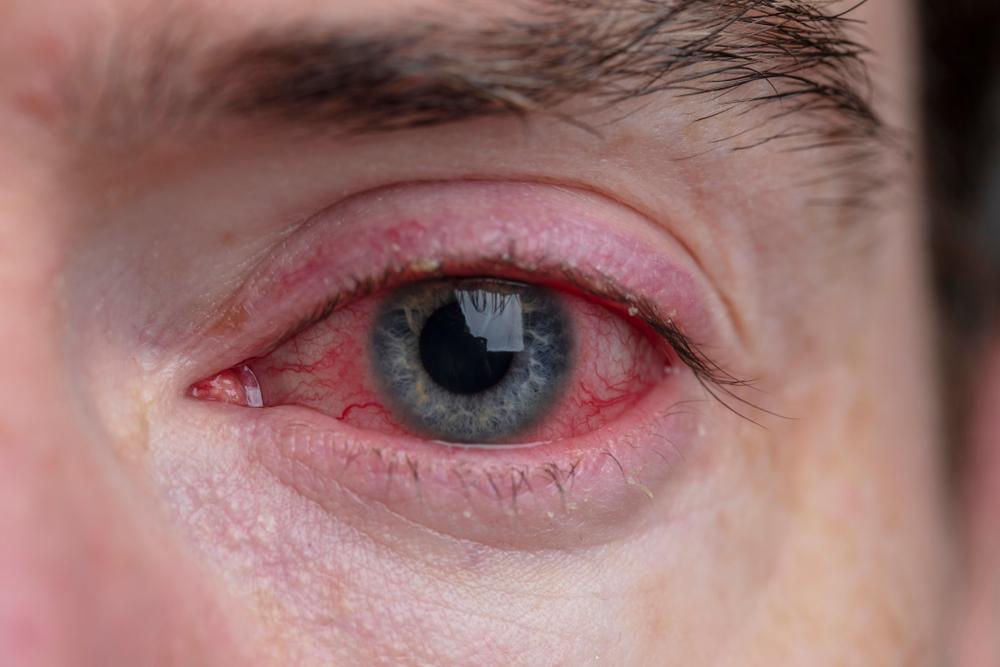
What Causes Pink Eye?
Pink eye, also known as conjunctivitis, is a common eye condition that affects millions of people worldwide. Whether you've experienced it yourself or know someone who has, it's essential to understand the causes, symptoms, and treatment options for this irritating and often contagious condition.
What is Pink Eye?
Pink eye is an inflammation or infection of the conjunctiva, the clear, thin membrane that covers the white part of the eye and the inner surface of the eyelids. When this membrane becomes inflamed, it can cause the eye to appear red or pink, hence the name "pink eye." The condition can be caused by a variety of factors, including viruses, bacteria, allergies, and irritants.
Viral Causes of Pink Eye
One of the most common causes of pink eye is a viral infection. Viruses, such as the adenovirus or the herpes simplex virus, can cause the conjunctiva to become inflamed and irritated. Viral pink eye is highly contagious and can spread easily through direct contact with infected individuals or contaminated surfaces. Symptoms of viral pink eye often include redness, itchiness, watery discharge, and sensitivity to light.
Bacterial Causes of Pink Eye
Bacterial infections can also lead to the development of pink eye. Bacteria, such as Staphylococcus or Streptococcus, can invade the conjunctiva and cause inflammation. Bacterial pink eye is often accompanied by a thick, yellow or green discharge from the eye, as well as redness, swelling, and crusting of the eyelids. Bacterial conjunctivitis is also highly contagious and can be spread through direct contact or exposure to contaminated surfaces.
Allergic Causes of Pink Eye
In some cases, pink eye can be the result of an allergic reaction. Exposure to irritants, such as pollen, dust, or pet dander, can trigger an immune response in the conjunctiva, leading to inflammation and the characteristic red, itchy eyes. Allergic pink eye is often accompanied by other allergy symptoms, such as sneezing, nasal congestion, and watery eyes.
Treatment Options for Pink Eye
The treatment for pink eye will depend on the underlying cause. Viral and bacterial pink eye may require the use of over-the-counter or prescription eye drops or ointments to reduce inflammation and clear the infection. In the case of allergic pink eye, antihistamine eye drops or oral medications may be necessary to alleviate the symptoms. In severe or persistent cases, your eye doctor may recommend a more comprehensive treatment plan.
Prevention and Self-Care Tips for Pink Eye
To help prevent the spread of pink eye and minimize the risk of recurrence, it's important to practice good hygiene and self-care. This includes regularly washing your hands, avoiding touching or rubbing your eyes, and refraining from sharing personal items, such as towels or makeup. If you do develop pink eye, it's crucial to seek medical attention and follow your healthcare provider's recommendations for treatment and recovery.
Get in Touch with Dr. Stephen Nevett and Associates Today
Pink eye is a common and often frustrating eye condition, but with the right knowledge and care, you can manage and prevent it effectively. By understanding the various causes of pink eye, including viral, bacterial, and allergic factors, you can take the necessary steps to protect your eye health and minimize the impact of this irritating condition.
If you're experiencing symptoms of pink eye or have any other concerns about your eye health, contact Dr. Stephen Nevett and Associates. Visit our office in Seattle or Kirkland, Washington. Call (206) 364-2273 or (425) 602-6153 to schedule an appointment today and take the first step towards resolving your eye-related issues.







